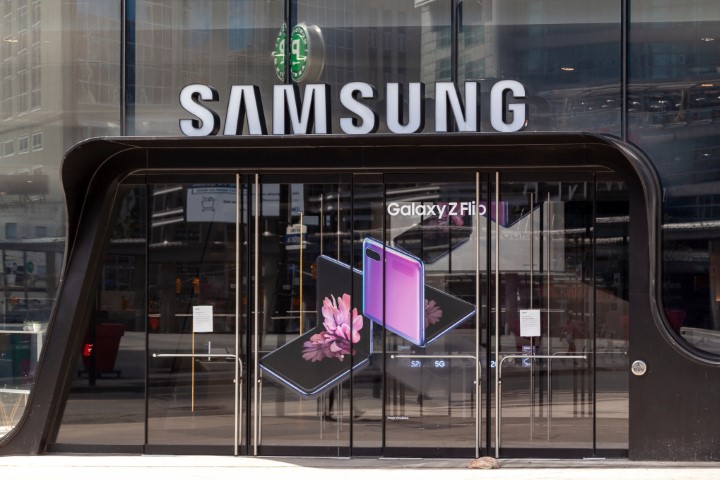All the information you require about Samsung Cloud storage
If you own a Samsung Galaxy S20 smartphone, you may already have access to Samsung Cloud – a cloud-based solution that allows you to remotely store files from your Samsung mobile device. Samsung SDS handles the servers for Samsung Cloud, and this division operates in over 40 countries worldwide. However, note that Samsung will no longer support Gallery Sync and Drive storage for My Files on Samsung Cloud from June 30, 2021. Customers with premium storage subscriptions will have their subscriptions automatically canceled on April 1, 2021.
Starting from October 2020, user data will be transferred to Microsoft OneDrive. If you have paid for extra capacity on Samsung Cloud Storage, you will receive additional OneDrive storage capacity for one year. After that, you will need to purchase extra OneDrive storage capacity.
As a new Samsung device owner, you usually receive 15GB of free cloud storage in Samsung Cloud, except for Verizon customers. You can use this storage locker to back up your phone or keep any files you want. Note that data generated by preloaded Samsung apps, such as contacts and calendars, and data associated with the device itself, do not count against the 15GB quota.
Samsung divides the data that can be processed into two groups: what can be synced and what can be backed up. Synced data includes Calendar, Contacts, Samsung Internet, Samsung Keyboard, S Notes, Samsung Notes, Samsung Pass, Gallery, and Reminder. Backed up data includes Calendar events, contacts on the SIM card and phone, call logs, clock settings, home screen layouts, apps, settings, messages, music, voice recordings, and documents. However, WhatsApp messages and photos are not included in this process, and there is a 1GB file size limit.
To use Samsung Cloud, go to cloud and accounts in your device settings, select Samsung Cloud, and manage your data. You can check your cloud usage, back up your data, restore it, and sync data across multiple devices. However, there’s no support for external storage like microSD cards. You’ll need to create an account or sign in to the service.
Samsung charges $0.99 per month for 50GB and $2.99 per month for 200GB for additional storage. However, the option to upgrade may not be available in all territories or on all carriers. In comparison, Google Drive charges $1.99 per month for the 100GB tier and $7.99 for the 1TB tier.
While Samsung’s top-of-the-range smartphone, the Galaxy S20 Ultra, can accommodate up to 1TB internal storage and another 1TB storage via a microSD card, it makes sense to choose a cloud storage locker capable of safely backing up that amount of data. Other smartphone manufacturers like Huawei/Honor and Apple provide similar cloud-based offerings, but they suffer from the lack of flexible storage upgrades across a wide range of operators and countries.










